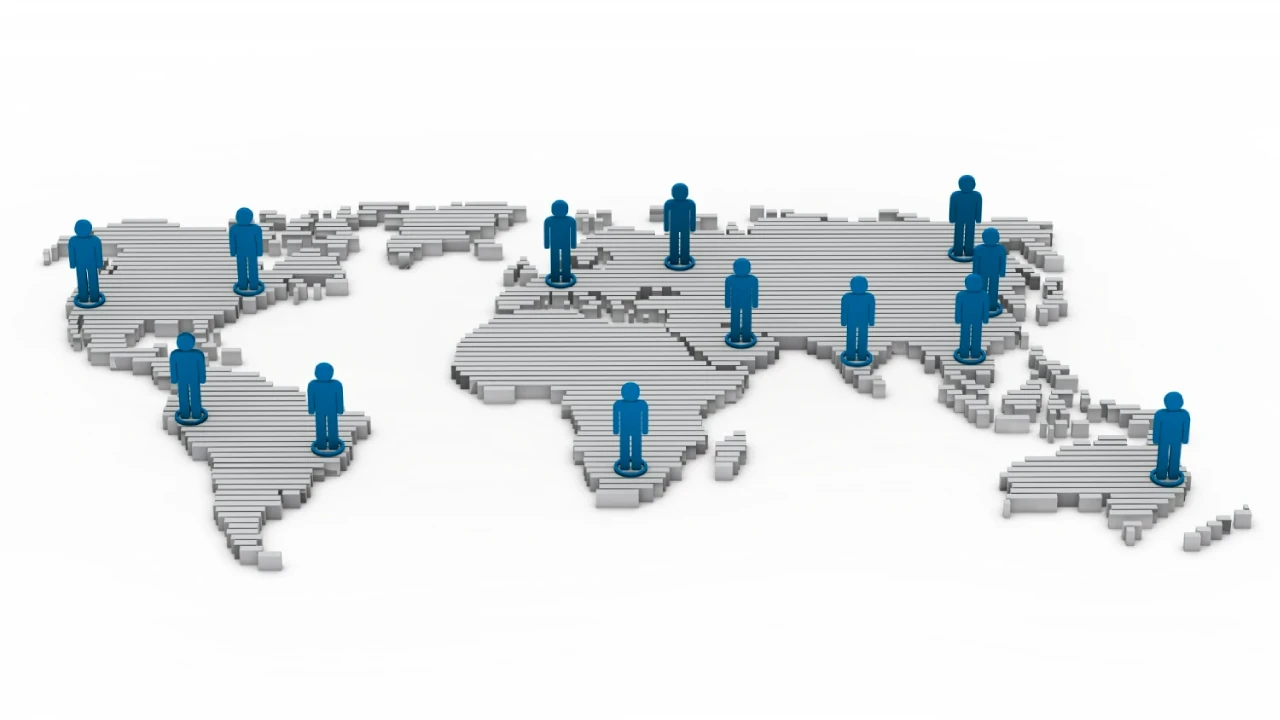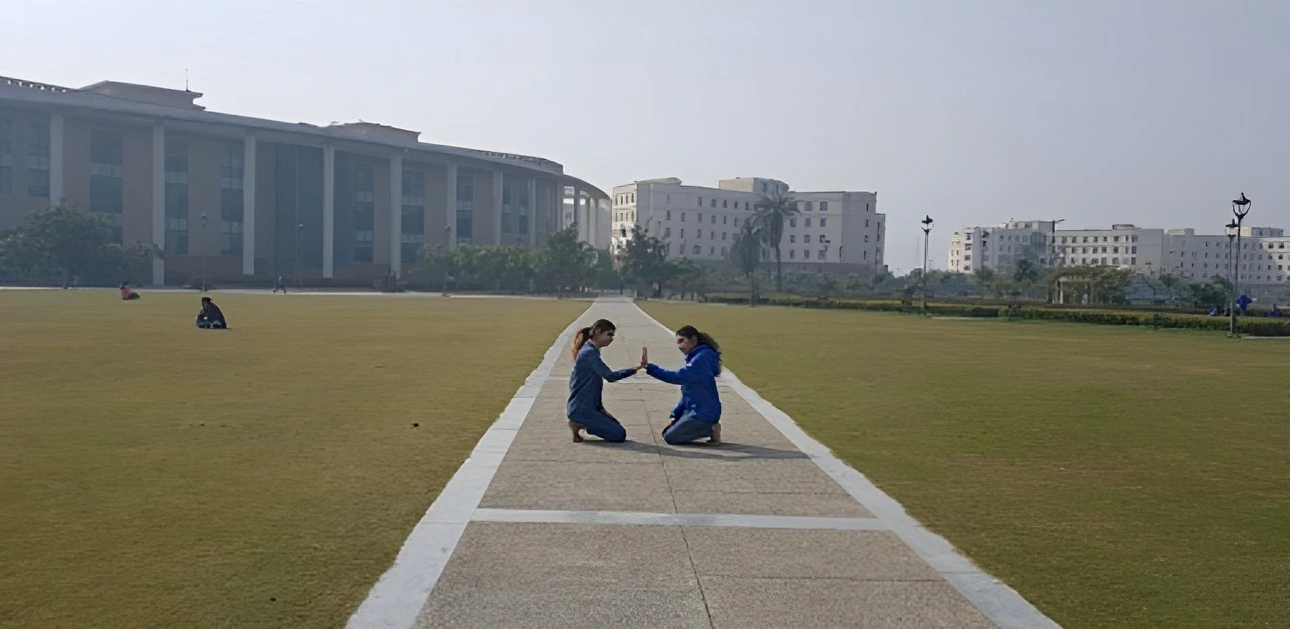Asian century and India’s leadership

Editorial / September 04, 2023
“Each country of Asia will solve its own historical problems according to its strength, nature, and need. But the lamp that they will each carry on their path to progress will converge to illuminate the common ray of knowledge....”
This 1932 statement by Rabindranath Tagore was probably the first to embody the spirit of Asian Universalism. Fifty-six years later in 1988, Chinese leader Deng Xiaoping revived this sentiment terming the 21st Century to be ‘Asia’s Century’. The Chinese leader had articulated this during a meeting with India’s former Prime Minister Rajiv Gandhi who had visited Beijing.
From drudgery to development
Emerging from protracted colonial servitude, Asia – which constitutes nearly 60% of the world's population covering 30% of our planet – led by an enlightened leadership charted its path to progress, albeit slowly. However, after relative peace for over five decades, the region is now the backbone of world economy. Clocking a growth of 4.7% when the global economy is projected for a 2.9% growth, Asia is now looking to restructure the world.
“There is no question that Asia’s geo-economic and geo-political standing in the world is stronger than ever. The region now enjoys rapidly expanding prosperity and strategic stability, says Dr. Priyanka Pandit, Assistant Professor at Shiv Nadar University’s Department of International Relations and Governance Studies.
Besides China, any debate on Asia’s century will be bereft without discussing the trajectory India provides. The world’s most populous country now is also home to a population that has around 66% below the age of 35.
Explaining the pivotal role played by India in providing leadership for the Asian Century, Dr Atul Mishra says, “The rising profile of India within Asia is leaving a distinct imprint of the character of an emerging Asia. India is contributing to developing the region's institutionalisation and changing the regional agenda in the direction of collective concerns such as security and openness of the global commons, sustainability, global public health and humanitarian assistance and disaster relief (HADR).”
However, Dr. Jabin Jacob, has a different perspective, the Director of the Centre of Excellence for Himalayan Studies says the perspective of India and China together leading the Asian continent and the developing world is wrong. “The problem with this approach is that the Chinese have an entirely different conception in which they are in the lead, and India only plays a useful supporting act,” says Dr. Jacob.
Future path
Dr. Siddharth Mallavarapu, head of the department, Department of International Relations and Governance Studies, believes that while there is no questioning that the century belongs to Asia, there are concerns over the direction of its growth. “The question to ask is what kind of direction will Asia take the world and how will it employ its overall heft? Will it move the world and its peoples in the direction of peace and economic well-being or is it likely to be consumed by competition and conflicts within? Will it skill its population adequately to brace for a future where AI and new technologies determine employability? Will it in large measure contribute to democracy consolidation or will it squander some of its earlier legacies? Will it enhance global environmental sustainability or will its energy and development requirements overwhelm its environmental priorities? These are open questions as we enter the third decade of the twenty-first century. It is perhaps wise to be mindful that these resolutions will undoubtedly impinge on the overall political, social and economic fortunes of our planet,” says Dr. Mallavarapu.
In a study titled ‘Asia 2050: Realizing the Asian Century,’ the Asian Development Bank had said in 2011 that if Asia continues to follow its recent growth trajectory, by 2050 its per capita income could rise sixfold in purchasing power parity terms to reach Europe’s levels today. “It would make some 3 billion additional Asians affluent by current standards. By nearly doubling its share of global gross domestic product to 52% by 2050, Asia would regain its dominant economic position it had some 300 years ago, before the industrial revolution.”
Need for inclusive global governance
However, economic expansion alone doesn’t justify the claim of an Asian century. Despite their shrinking share in world output, advanced economies have managed to entrench their position in global governance.
The Asian century is critical for a sustainable planet and global peace. It is crucial for the sheer survival of social systems and of several species and their habitats that are now rapidly shrinking, and in some cases, irreversibly degraded.
“Building on an Asian civilizational cognition of the economy as a subset of the environment, and values of empathy and fraternity, this century can bid a cheerful farewell to extractive industries and colonial moorings. Asia has the advantage of a young workforce and advances in science, technology and innovation. India's leadership of the Asian century, in collaboration with other nation-states, especially China, will no longer be about catching up with the West. It will be a demonstration of shared prosperity, sufficiency, diversity, sustainability and justice,” says Professor Rajeswari S. Raina.
While India’s role as one of the dominant flagbearers of the Asian Century is evident, it also plays an important role in challenging global hierarchy.
“A significant hurdle to India’s leadership standpoint is the slide on the parameters of gender-based representation, political leadership, egalitarianism, and everyday security for women and marginalised gendered minorities. On a broader level, inequality based on mortality, employment, and violence both in the domestic and public sphere is pervasive against women and gendered minorities in the region. Thereby alerting to inclusive decision-making and feminist sensibilities to inform foreign policy-making and domestic legal frameworks,” says Dr. Sruthi Muraleedharan.
Asia is the world’s most diverse region. The philosophy of “harmony without uniformity” has been widely recognized by the people in Asia. Hence, Asian countries should initiate innovative plans to advance an inclusive, stable and balanced globalization and its governance. Only once this happens may we rightly claim the arrival of an Asian century, which is also the future we want: sustainable development and prosperity for all.
More Blogs

The Hawthornden Literary Retreat bestowed on Dr Sambudha Sen to complete the manuscript of a novel
Professor Sambudha Sen, Head of the Department of English at Shiv Nadar Institution of Eminence, Delhi-NCR, was awarded a residency at the...

The Power of the Moving Body
Movement is an innate bodily action that humans have been exhibiting for the longest time. Long before language was invented, the body was the...

How Does A Multi-Disciplinary Approach To Education Enhance Learning And Prepare Students For A Multi-Faceted World?
In today’s world, where businesses are changing almost every day, it is the responsibility of educational institutes to provide holistic...